TMS for Addiction

Transcranial magnetic stimulation (TMS) is a non-invasive therapy that uses magnetic pulses to target specific areas of the brain associated with addictive behaviors and cravings. During TMS treatment, a magnetic coil is placed against the scalp to deliver precisely focused pulses that stimulate nerve cells. The main goal is to change neural activity in brain areas involved in addiction and reward processing. TMS sessions last between 3 to 40 minutes and are usually provided five days per week over 4-8 weeks. The treatment is performed while the patient is fully awake and seated comfortably in a chair, requiring no anesthesia or sedation.
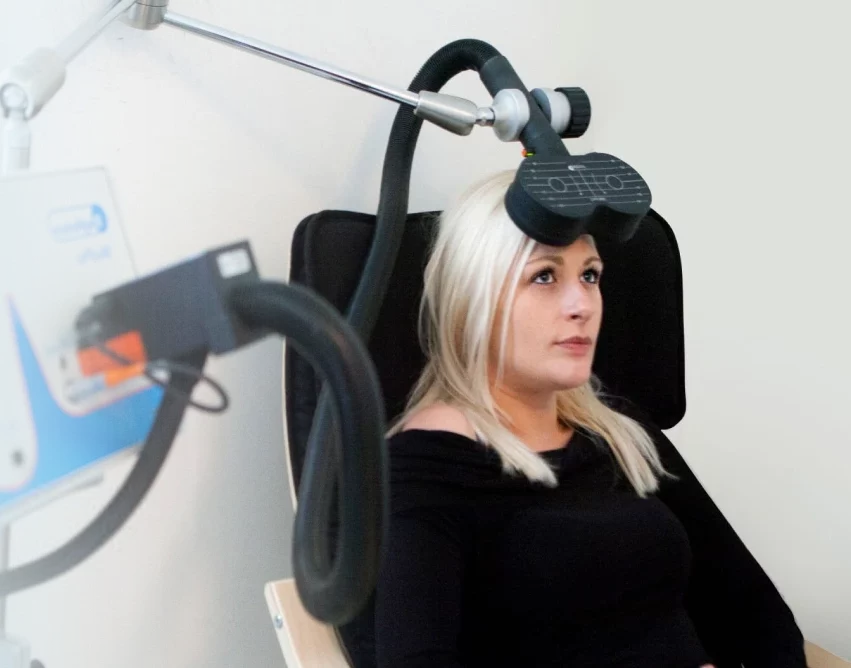
Transcranial magnetic stimulation (TMS) is a non-invasive therapy that uses magnetic pulses to target specific areas of the brain associated with addictive behaviors and cravings. During TMS treatment, a magnetic coil is placed against the scalp to deliver precisely focused pulses that stimulate nerve cells. The main goal is to change neural activity in brain areas involved in addiction and reward processing. TMS sessions last between 3 to 40 minutes and are usually provided five days per week over 4-8 weeks. The treatment is performed while the patient is fully awake and seated comfortably in a chair, requiring no anesthesia or sedation.
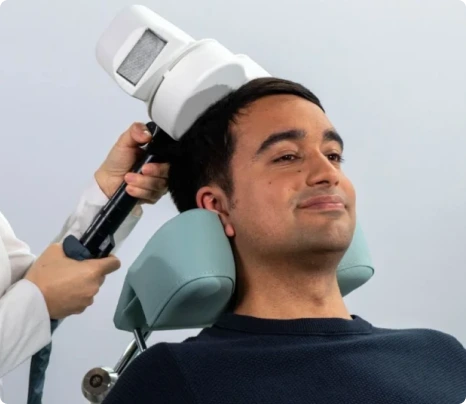
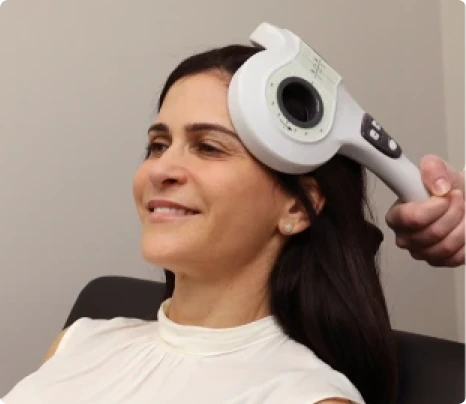
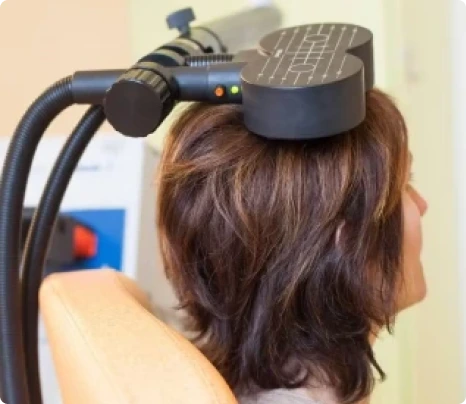
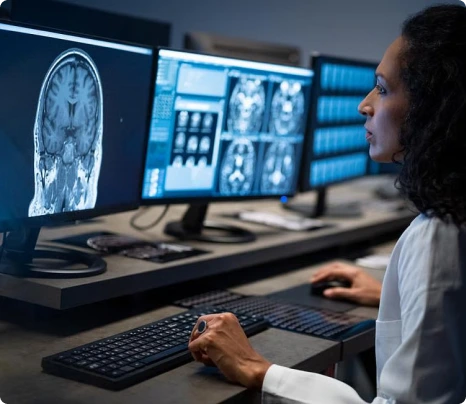
MeRT is an innovative form of TMS that offers a personalized approach to addiction treatment. Utilizing electroencephalogram (EEG) data, MeRT providers tailor magnetic stimulation to the individual’s brainwave patterns, addressing neural imbalances that may contribute to addictive behaviors. This highly customized technique enhances the precision and effectiveness of TMS, making it a promising option for those struggling with substance use disorders or behavioral addictions. MeRT’s ability to adapt to each patient’s unique needs provides new hope in the pursuit of long-term recovery.
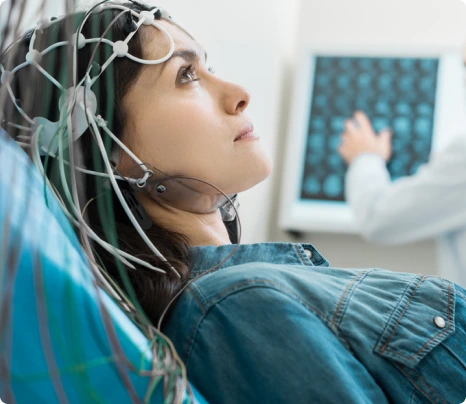
TMS is an FDA-approved treatment for those struggling with smoking addiction. By targeting areas of the brain involved in cravings and habit formation, it helps reduce nicotine dependence and break the cycle of smoking. This non-invasive treatment offers hope to individuals seeking a sustainable way to quit when traditional methods have fallen short.
TMS shows promise in addressing other substance use disorders beyond smoking, alcohol, and cocaine. For individuals battling opiate addiction, including dependence on prescription painkillers and illicit opioids, this therapy can help regulate brain regions associated with cravings, withdrawal, and reward processing. Similarly, TMS may assist those struggling with pill addiction or the misuse of medications like benzodiazepines. By targeting specific neural circuits tied to compulsive behaviors and emotional regulation, TMS offers a non-invasive, innovative approach to managing various substance dependencies and aiding recovery efforts.


The first step in preparing for TMS therapy for addiction is a comprehensive consultation with a qualified provider. During this session, the patient’s medical history, current health status, and addiction patterns are assessed to determine whether TMS suits them. The patient also has the opportunity to discuss their treatment goals, ask questions, and understand what to expect from the therapy process.



Reduces cravings and compulsive behaviors
Tailored to individual needs for precision
Non-invasive and painless procedure
No damage to the brain tissue or body
No serious side effects and no required downtime
Safer than electroconvulsive therapy and deep brain stimulation
Compatible with other therapies for holistic care

TMS Therapy Near Me is a leading directory of top TMS clinics across the United States. Our platform allows patients to find providers in their local area, compare options, and review key details about each clinic. By offering a convenient and comprehensive directory, TMS Therapy Near Me makes it easier for individuals to connect with qualified professionals and start their journey toward overcoming addiction.
Explore our resource to find trusted providers in your area and discover how TMS can transform your recovery!